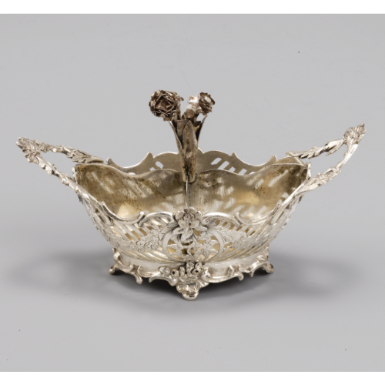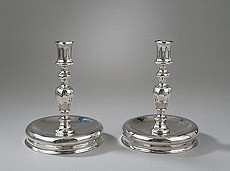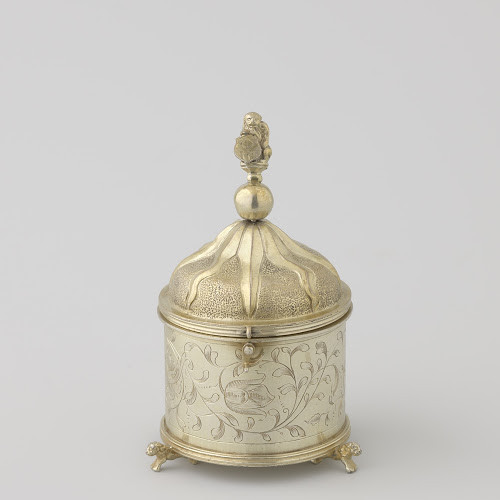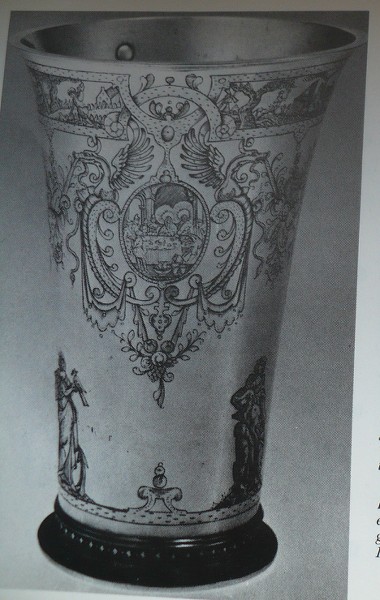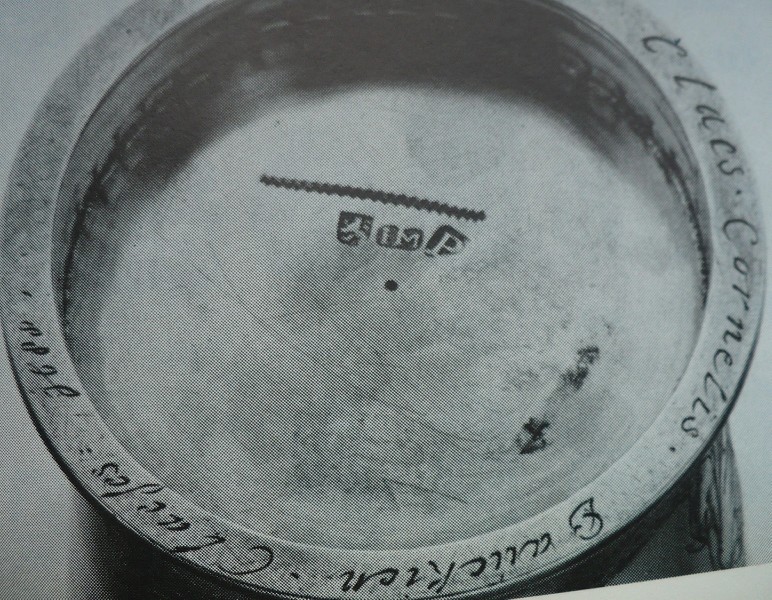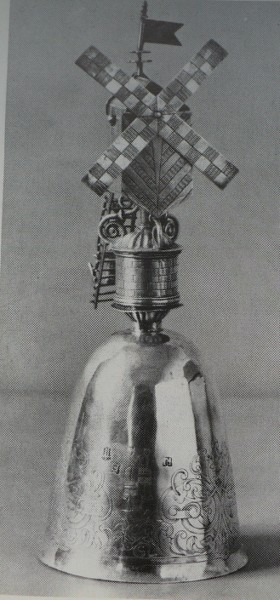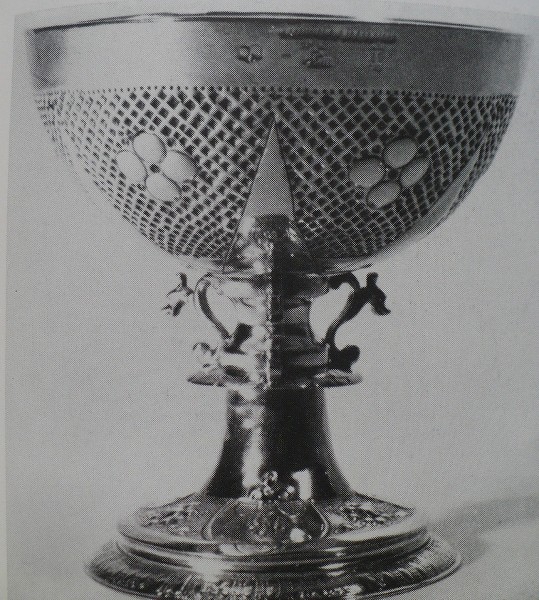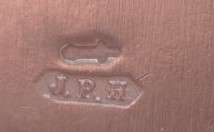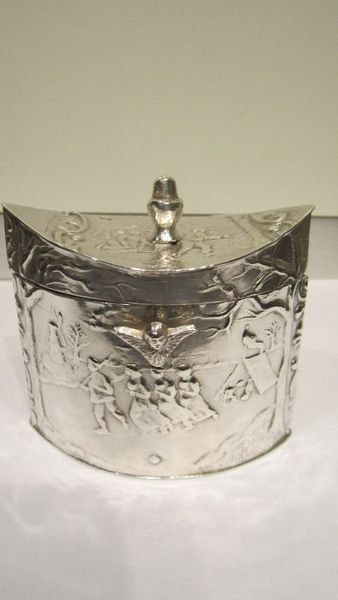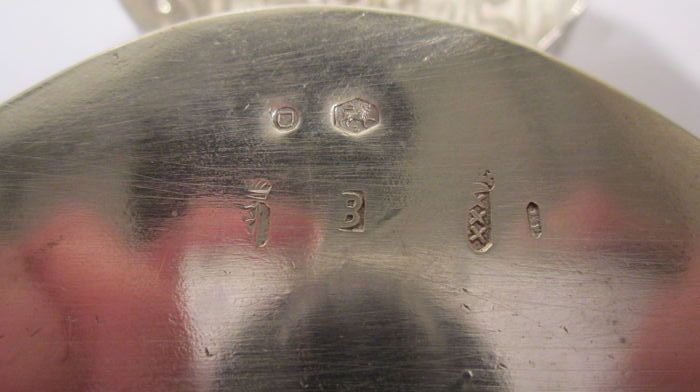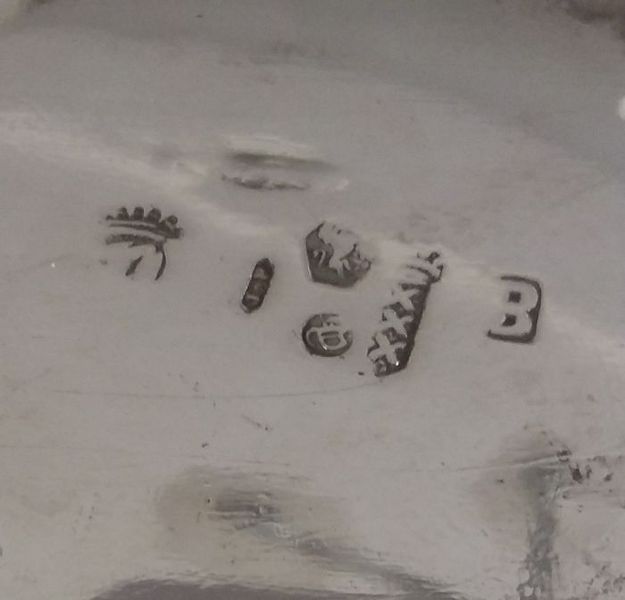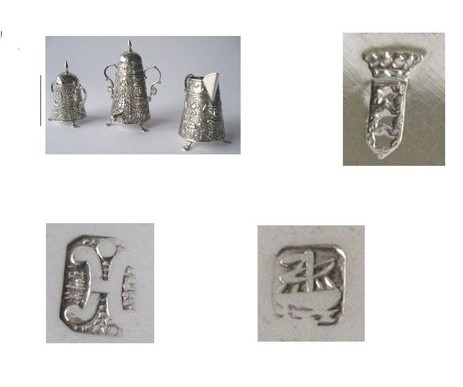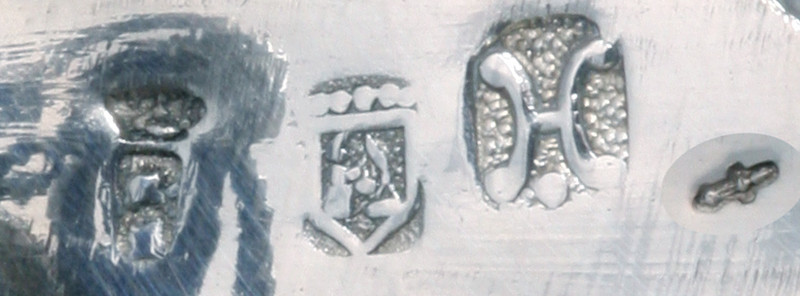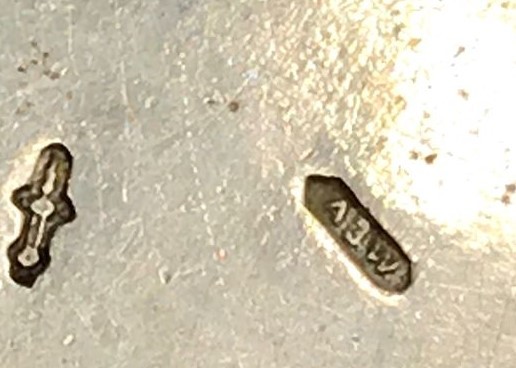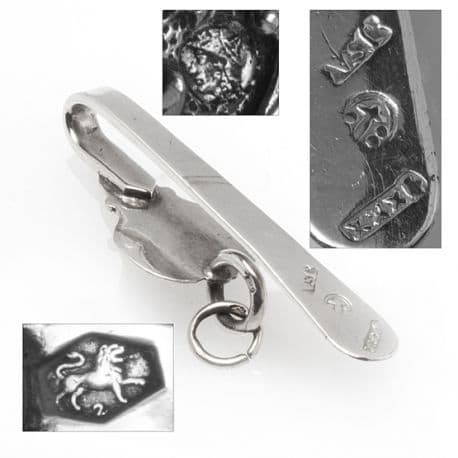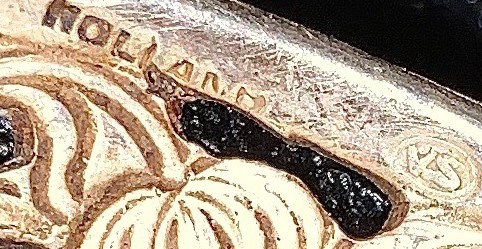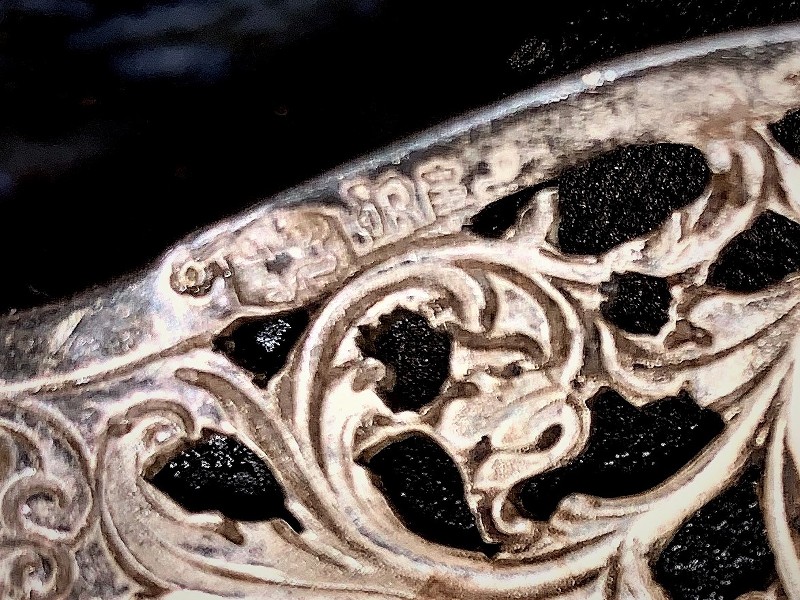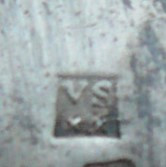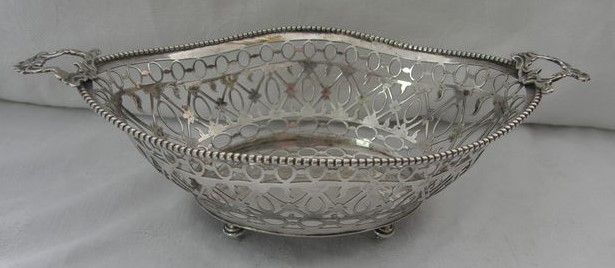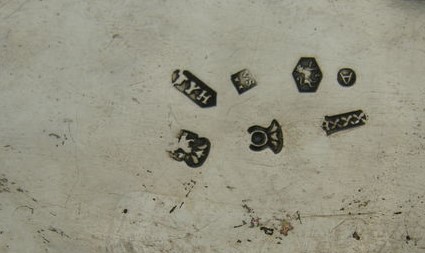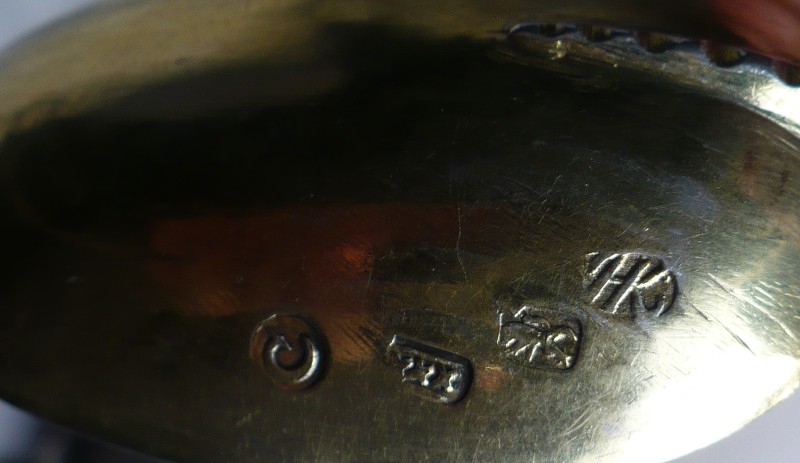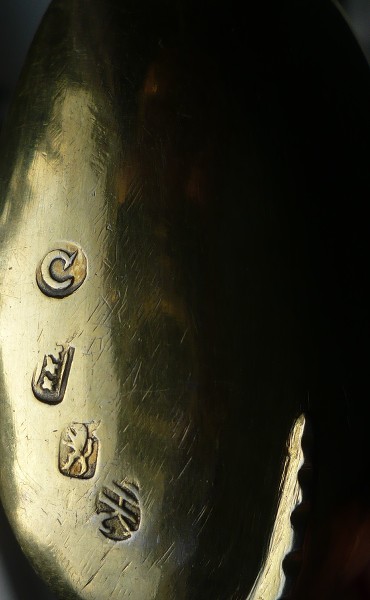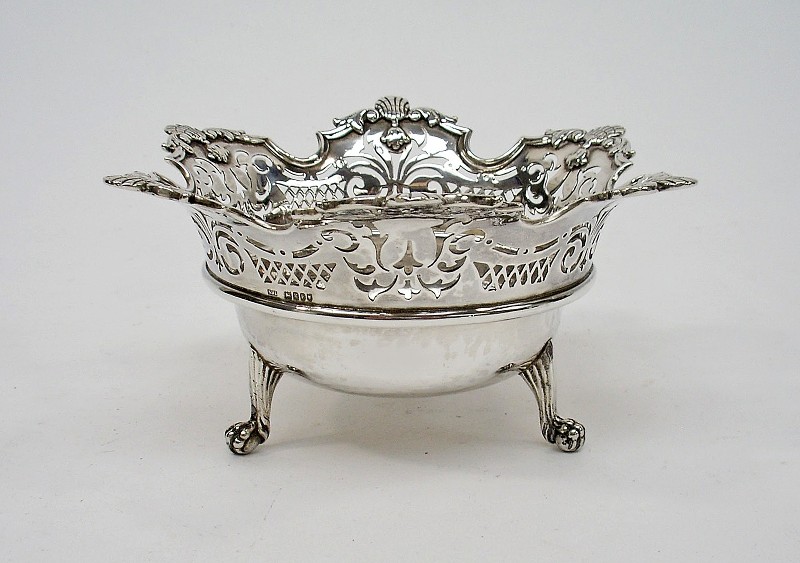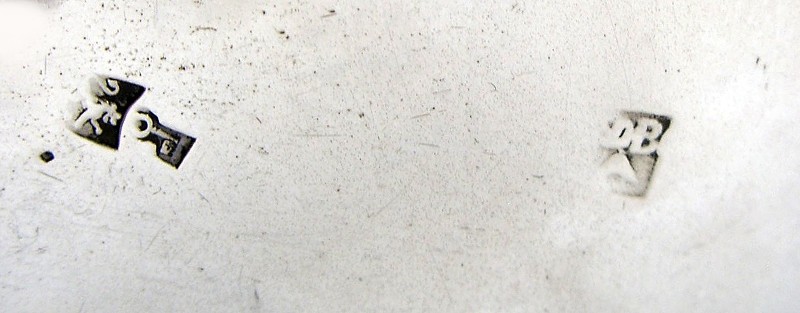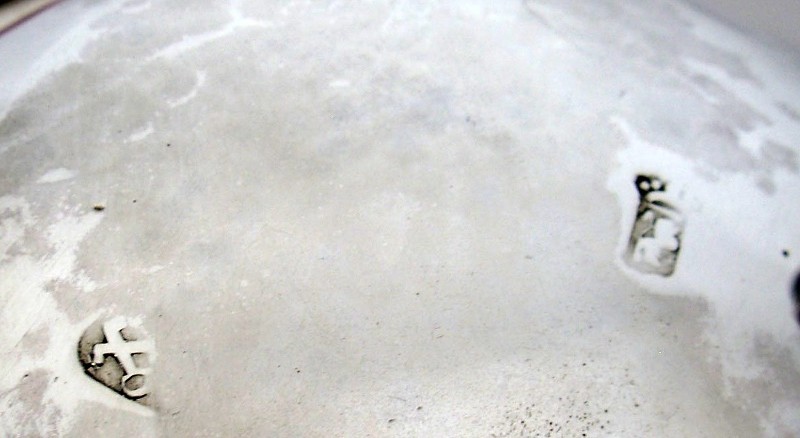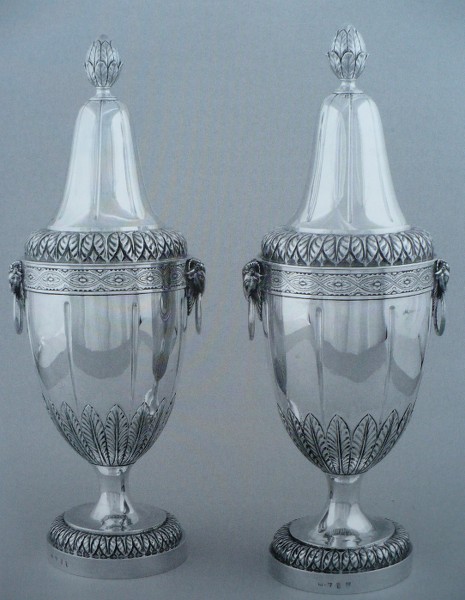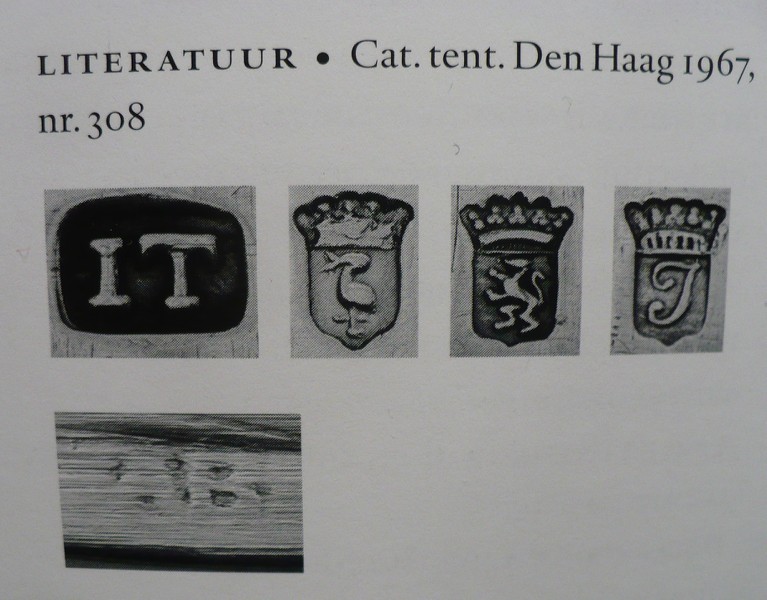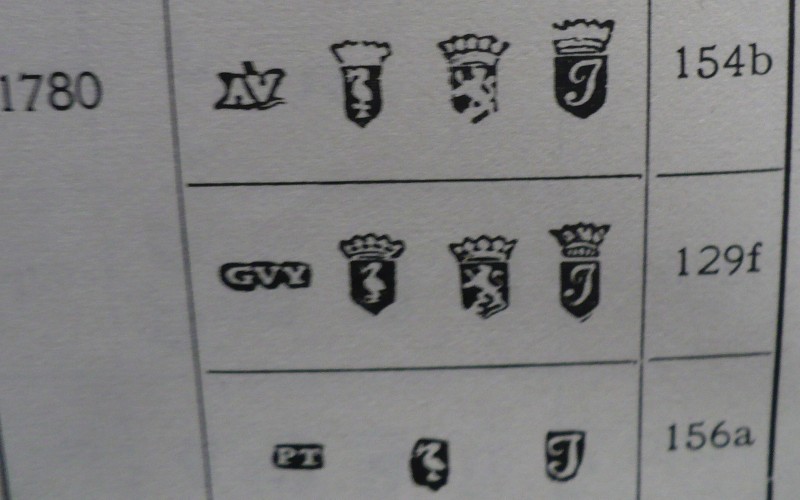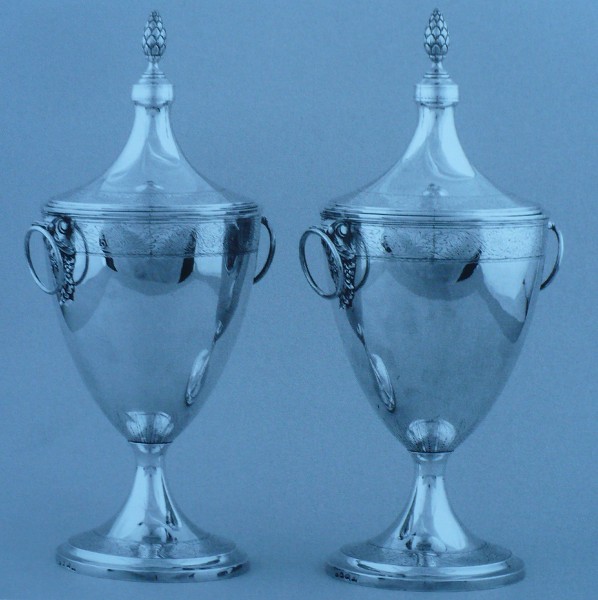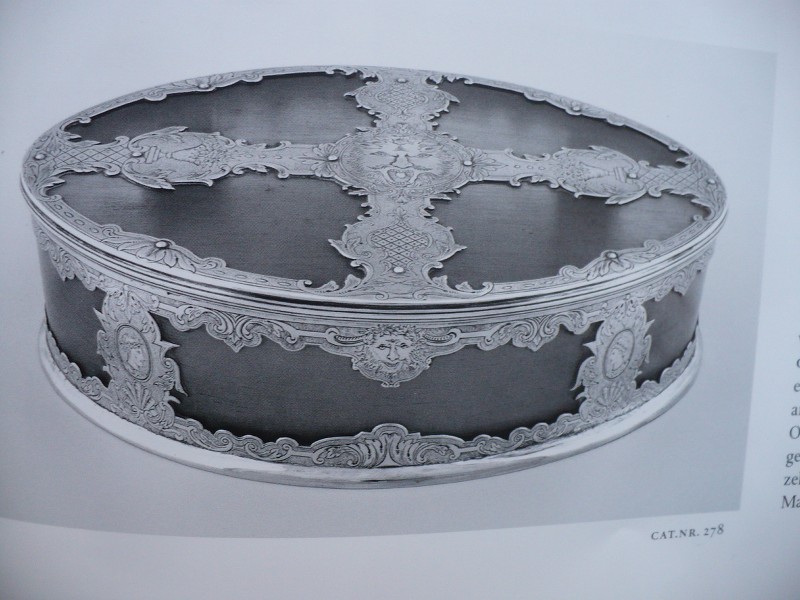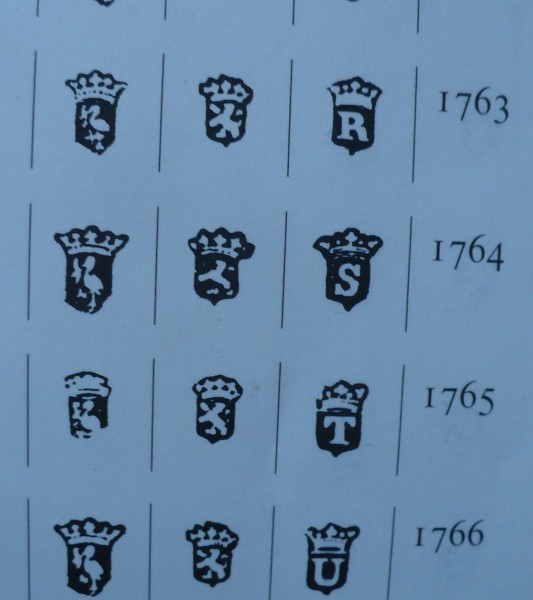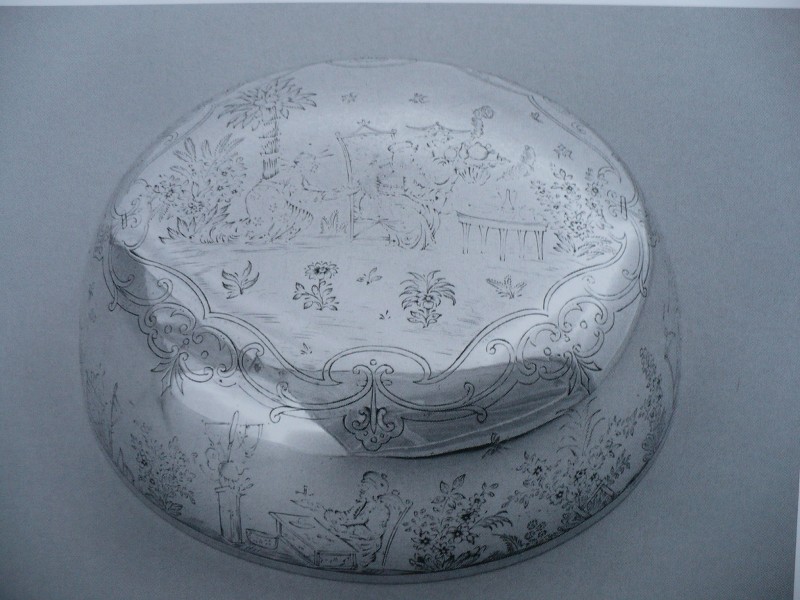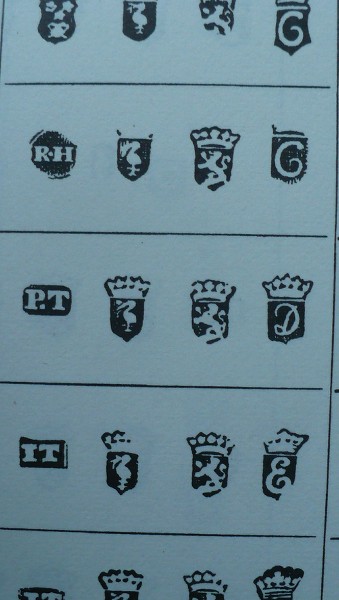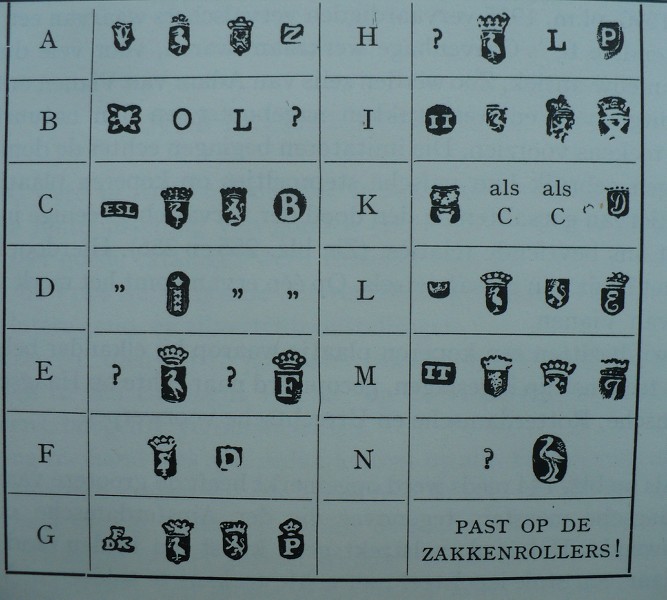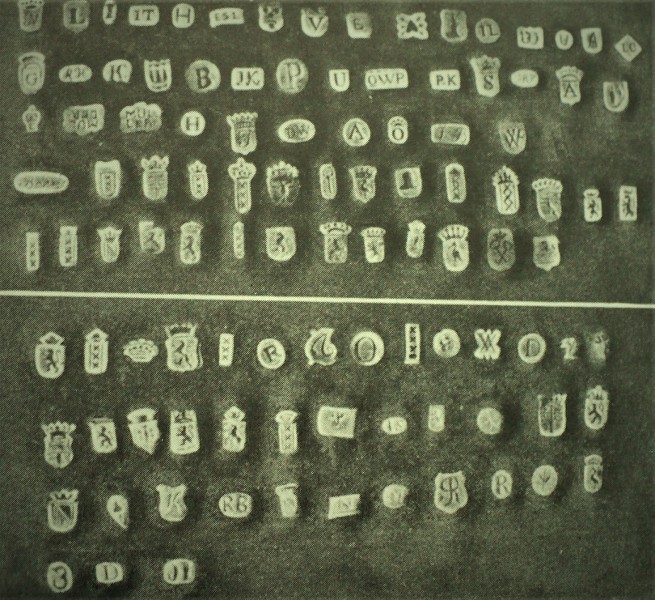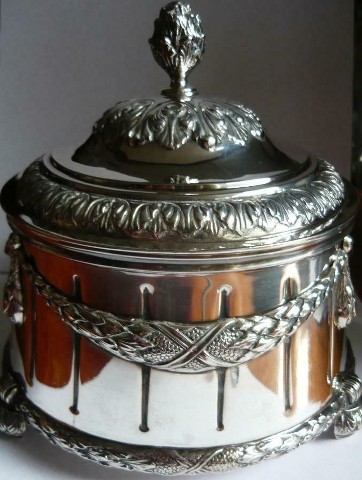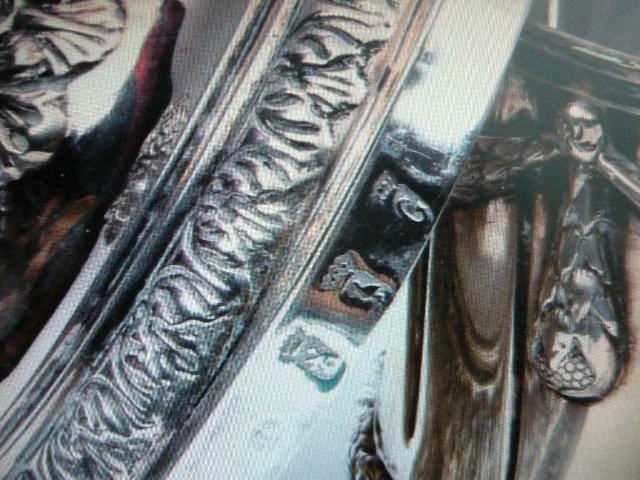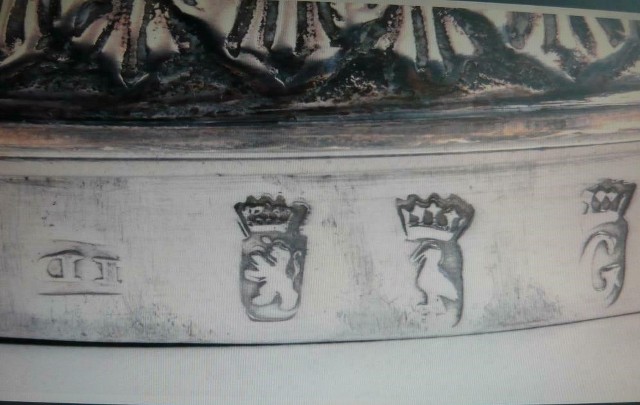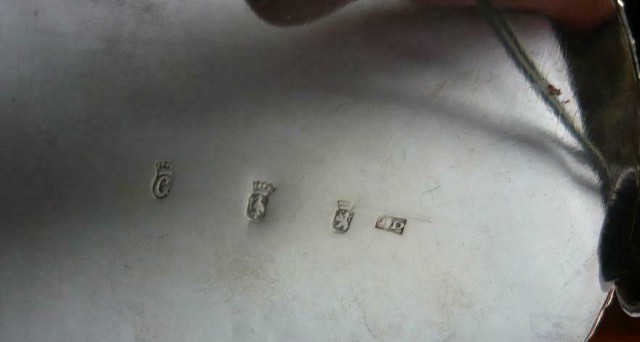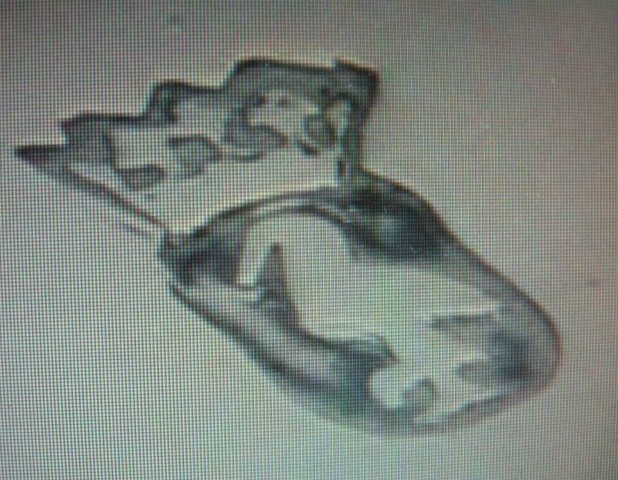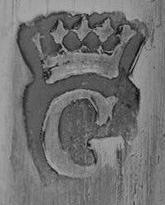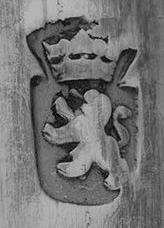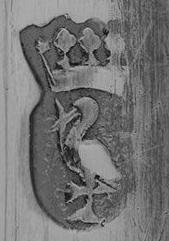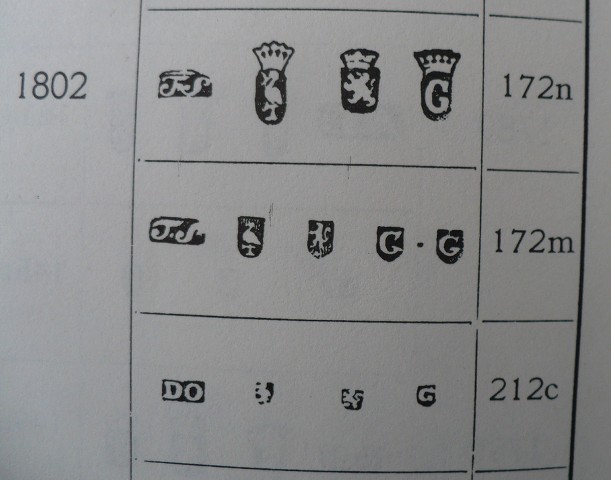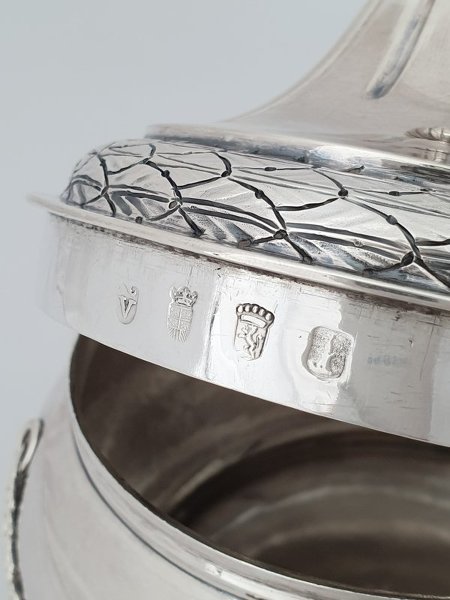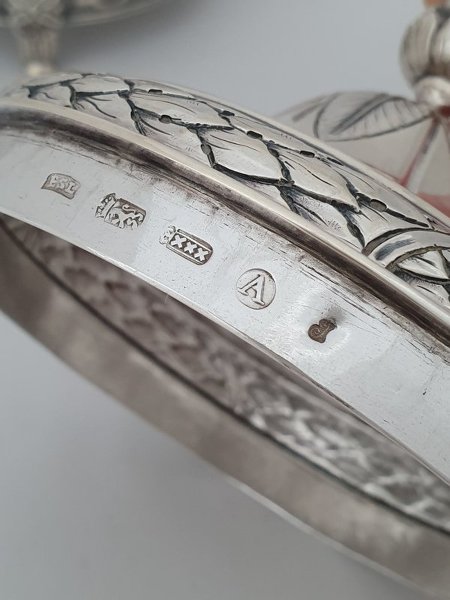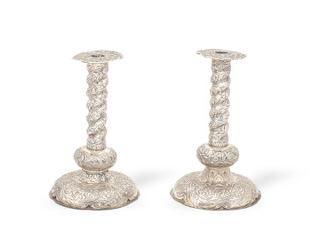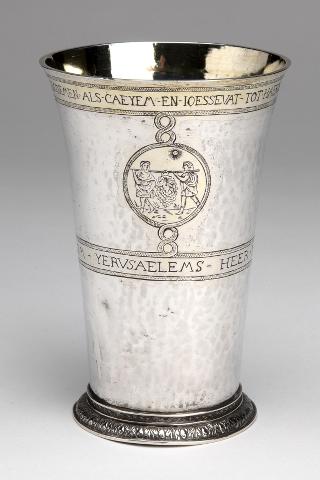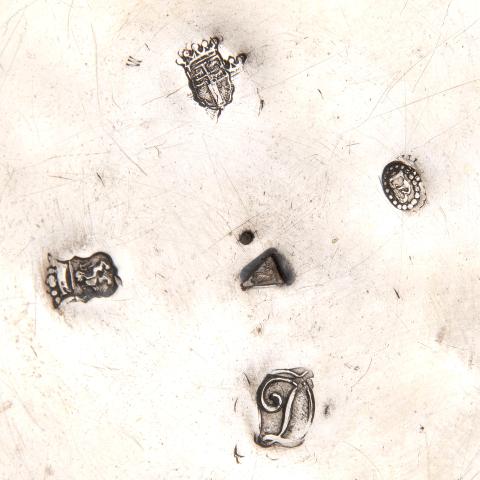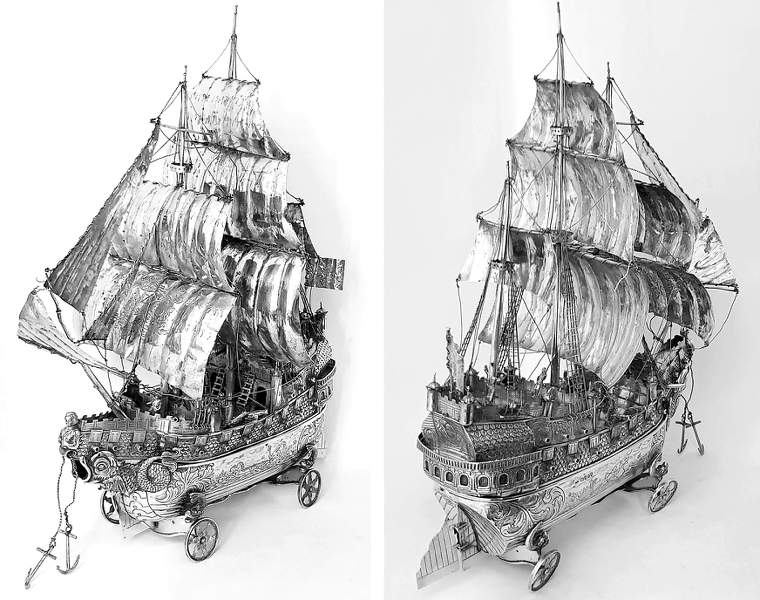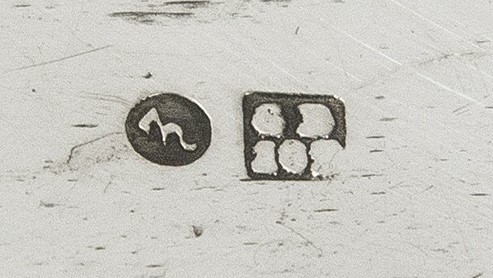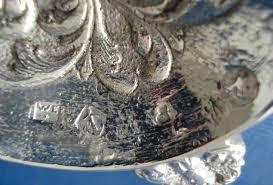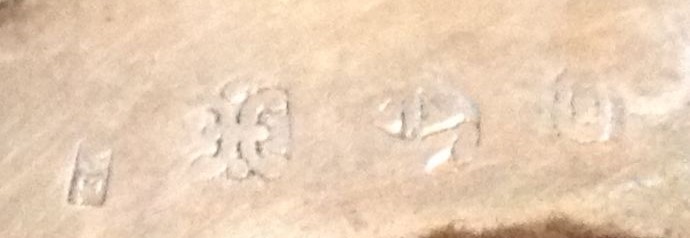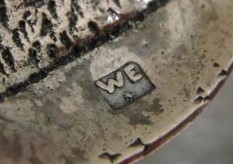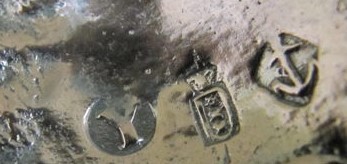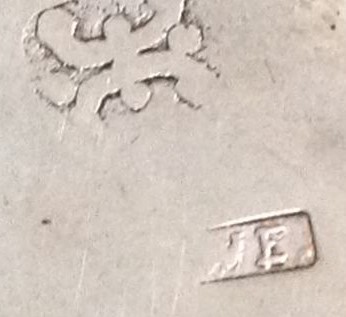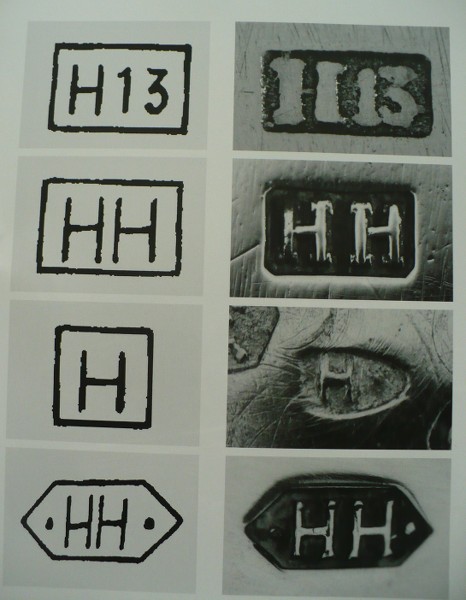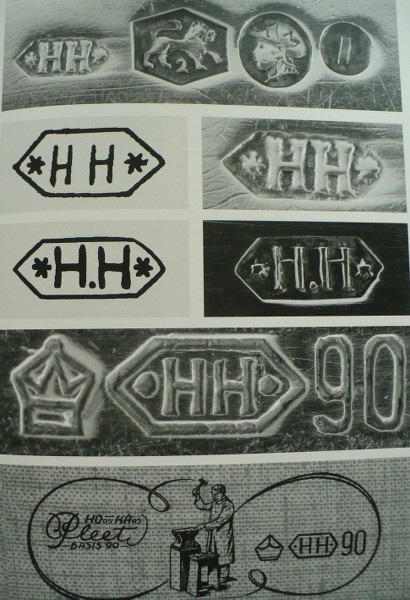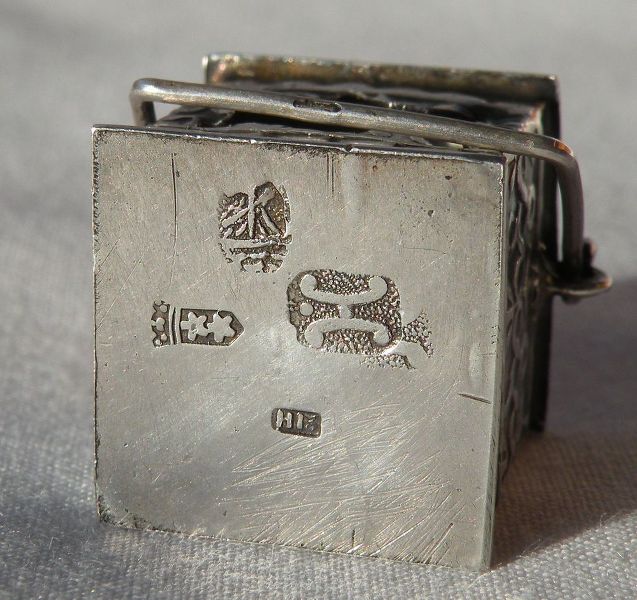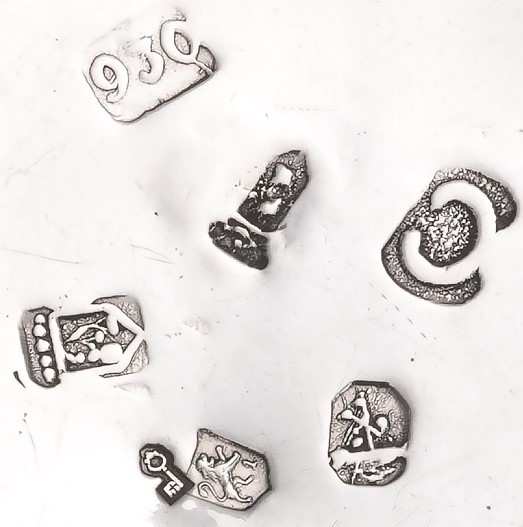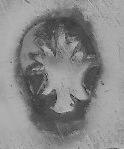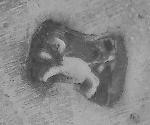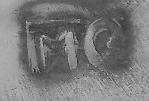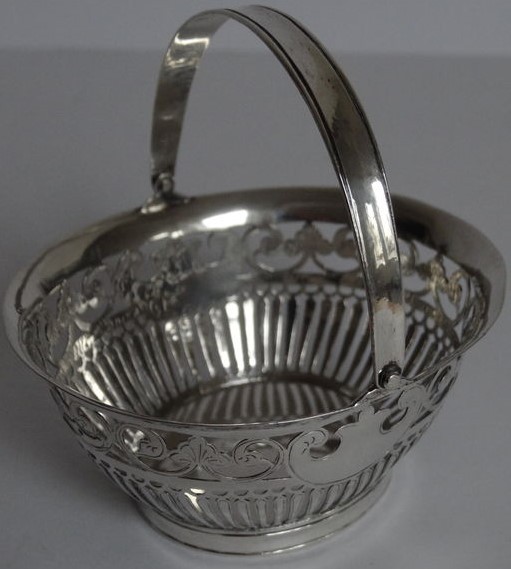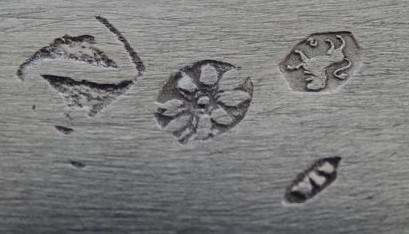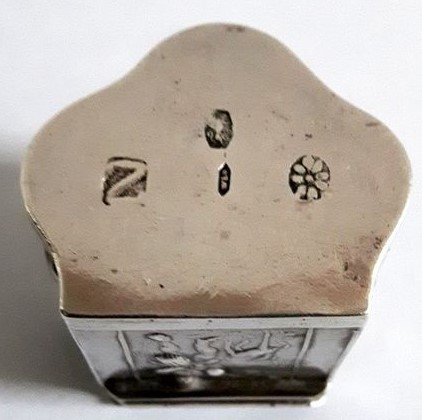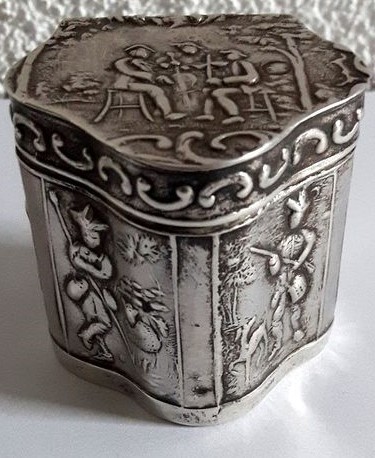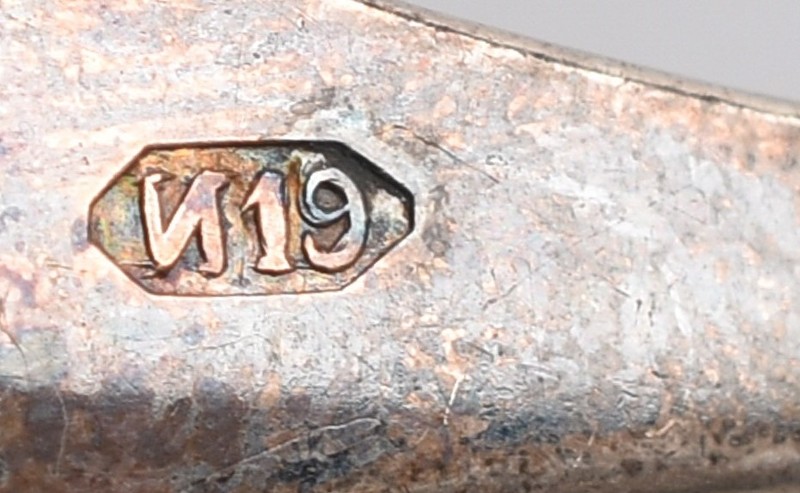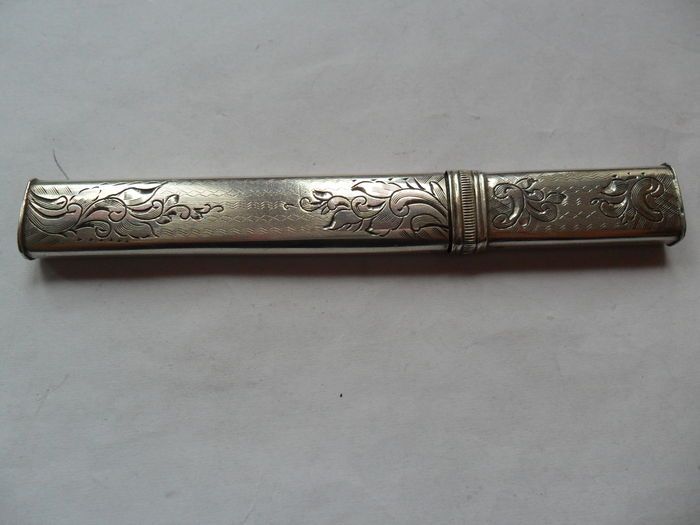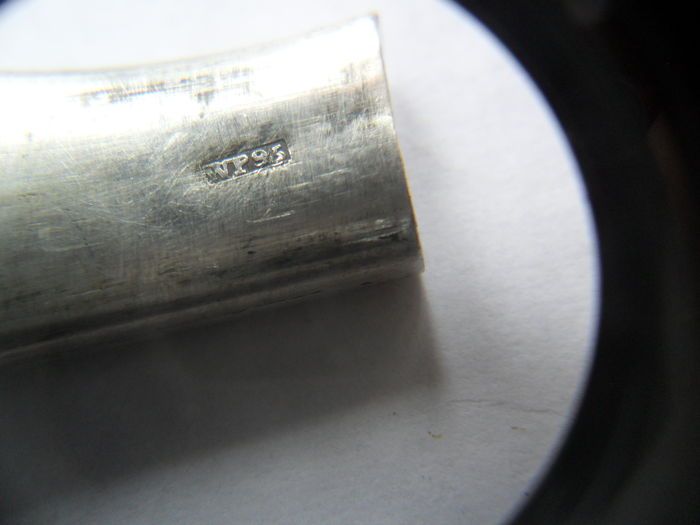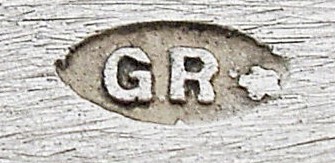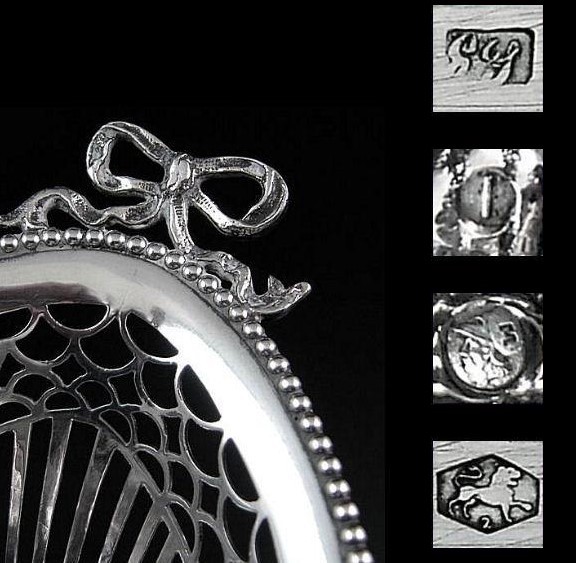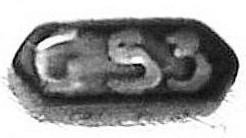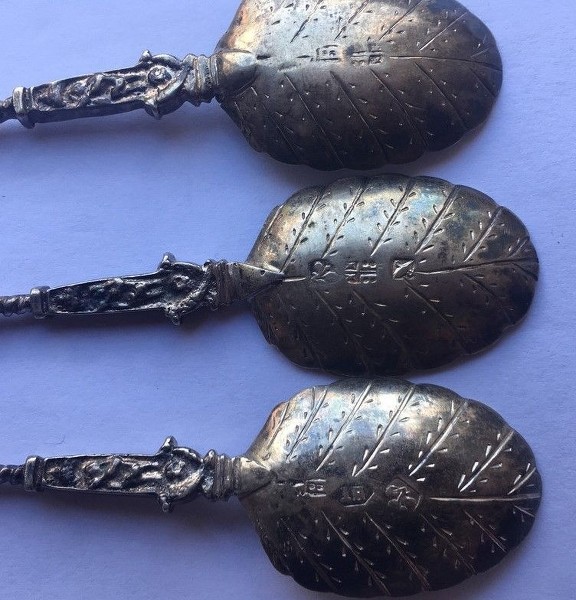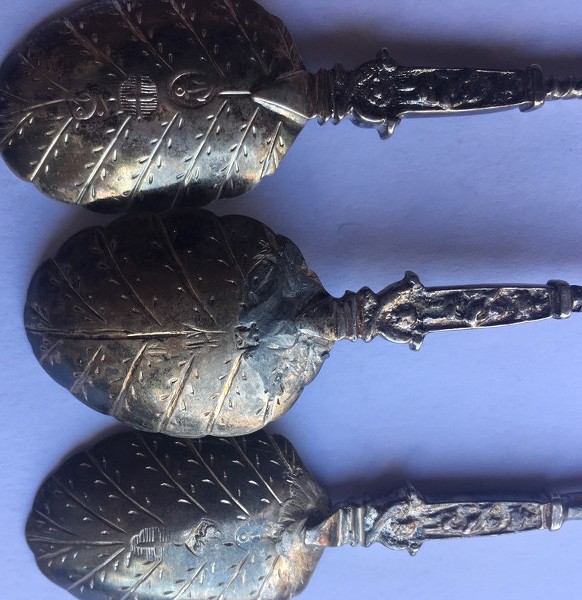Dutch pseudo Marks how it started.
The Great Exhibition, also known as the Crystal Palace Exhibition, was an international exhibition held in Hyde Park, London, England, from 1 May to 15 October 1851 and the first in a series of World's Fair exhibitions of culture and industry that were to be a popular 19th century feature. The Great Exhibition of the Works of Industry of all Nations (its full title) was organized under the leadership of Prince Albert and members of the Royal Society for the Encouragement of Arts, Manufactures and Commerce. It was planned for 4 months. It was a celebration of modern industrial technology and design. Its prime motive was for "Great Britain to show the world its role as an industrial leader. Prince Albert, Queen Victoria's consort, was an enthusiastic promoter of the exhibition, which was self-financing. Queen Victoria and her family visited three times. Technology and moving machinery was popular, especially working exhibits. Visitors could watch the entire process of cotton production from spinning to finished cloth. Scientific instruments included electric telegraphs, microscopes, air pumps and barometers, as well as musical, horological and surgical instruments.
https://simple.wikipedia.org/wiki/The_G ... %20feature.
At the first world fair in London in 1851, a lot of silverware was displayed that was made with modern methods but was inspired in design by old styles. The Dutch silversmith J. M. van Kempen introduced "pure of style" silver designs. In a brochure published in 1851, for the World Exhibition in London, Van Kempen discusses the five styles he used for his silverware: Greek, Gothic, Renaissance, Louis XIV and Rococo. His main contribution at the first World's Fair consisted of five different objects in historical styles. Each style period represented with objects. In an accompanying letter Van Kempen explained that he had tried every style, as faithfully as possible, to interpret. The star of the exhibit was a jewellery box made by van Kempen which according to the silversmith 'exhibits characteristics of the Renaissance'. Van Kempen showed that with these new methods he could produce silverware in five old styles: Greek, Gothic, Renaissance, Louis XIV and Rococo.
https://www.925-1000.com/forum/viewtopi ... 590#p70305
This silverware was very popular and was eagerly bought. This also created a great demand for "real" antique pieces.
People began to collect antique silver for use and for showing off. The scarce supply of antique silver appears not to be enough to meet the high demand. Many people, if given the chance, would rather buy something old than something new. This was at the expense of the Dutch local silversmith who was already struggling at that time. Silversmiths who were still trained to make silver the traditional or non-mechanized way therefore decide to make and / or copy antique silverware. Several silversmiths decide to provide their silverware with old silver (hall)marks. Real silver with imitation marks from the 17th and 18th century.
In the 19th century, the average antique silver enthusiast did not know much about silver marks and was easily pleased. As long as the object looked old and had interesting marks on it. There were hardly any books about Continental silver marks of the Guild period or Ancien Régime. No books were available about old silverware. Dutch silversmiths also didn't know much about the silver marks of their predecessors, so many marks were used interchangeably from different cities and years!
There was another reason to provide new silver with pseudo/ imitation or fantasy marks. If one exported silverware abroad, the importing firm had to pay import duty fee on it. If the silver piece was older than 100 years, the import duties were lower. Schoonhoven silversmiths in particular sold a lot of silver abroad to the UK and U.S.A and mislead customs with these fantasy marks. The new "Old Dutch silver" was shipped in containers full to America and England. Hence the often seen export key attached to the Dutch standard mark. Export key; restitution of 2/3 marking duty granted for new or unused silver objects. This mark was always struck partially into the standard mark. Valid 1853-1953
The introduction of Pseudo Marks around 1860 by Dutch silversmiths in the cities of Amsterdam, The Hague, Schoonhoven, Sneek and surrounding (province Friesland) and Groningen.
Most silverware with pseudo marks comes from the Dutch provinces, Groningen and Friesland and North and South Holland. A lot of ornamental spoons, cream bowls, brandy bowls, purse frames and wedding boxes (knottekistjes) with pseudo marks come from Friesland and Groningen. The fact that these silversmiths still worked according to old craft traditions makes it even more difficult to assess. These are therefore often very beautiful pieces of silver, some of which have the old inscriptions carefully copied.
In Amsterdam and The Hague, especially miniature silver, candlesticks and showpieces such as tobacco pots and urns with carefully imitated (fake) marks.
1.) Pseudo marks or fantasy marks in combination with genuine Dutch marks and maker’s mark.
https://www.925-1000.com/forum/viewtopi ... =5&t=32028
The fantasy marks used as decoration which could fool an ignorant buyer to believe buying an antique piece of silver with old marks.
2.) Pseudo or fantasy marks only and perhaps harder for us to recognize not to be genuine old silver Guild marks. Although today these silver items with pseudo marks are true antique, over 100 years old and as such collectable.
3.) Fake marks to deceive and difficult for an expert to determine with certainty whether genuine seen on ornamental spoons, loderein or scent boxes, tobacco jars, coffee/tea pots and urns, cream bowls and miniature silver toys.
Gratitude Ursula Boonstra Zilver. NL
During this topic we will try to collect and show images of the various Dutch pseudo marks used in accordance with the number(#) in the little red book of K. A. Citroen titled Valse Zilvermerken in Nederland.
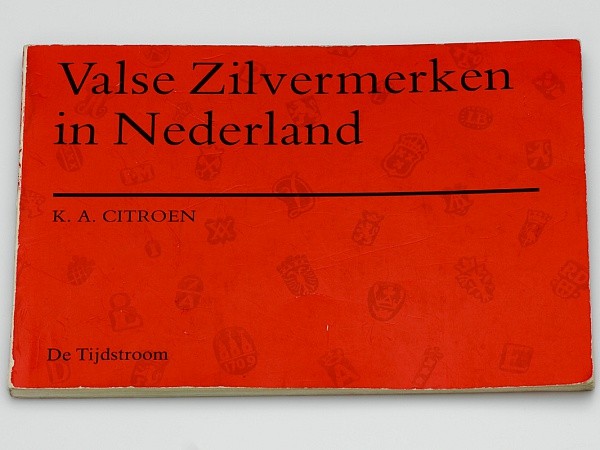
Pseudo marks Friesland
Pseudo marks used by Jan Schijfsma, registered in Sneek and Woudsend, 1844-1898 maker’s mark JS 160.
https://friesscheepvaartmuseum.nl/beeld ... 1000020022

Pseudo marks left to right; pseudo town mark of Rotterdam(upside down)# 600, pseudo Rotterdam maker’s mark LH crescent star crown for Louis de Haan, active 1742-1781(#216), applicable maker’s mark of Jan Schijfsma JS 160 (turned right), pseudo Lion Rampant, province of Holland 1st standard mark(#623), pseudo Rotterdam year letter N for 1771(#242)
Pseudo marks used by Pier van der Woude
The maker's mark P vd W* for: Pier van der Woude or Firm P. van der Woude, registered in the city of Sneek, active 1898 - 1925. After his dead his widow continued to use his maker's mark. Pier Sytses van der Woude born in the city of Sneek in 1862. In 1898 gold and silversmith in Sneek. Successor of Jan Schijfsma. Died in 1917. The widow continued the business under the name Firma P. van der Woude. The firm continued to exist until 1925., literature: - Fries Scheepvaart Museum Yearbook 1987, p. 22-23
https://friesscheepvaartmuseum.nl/beeld ... 1000017336
https://www.google.com/search?safe=stri ... 4&dpr=1.25
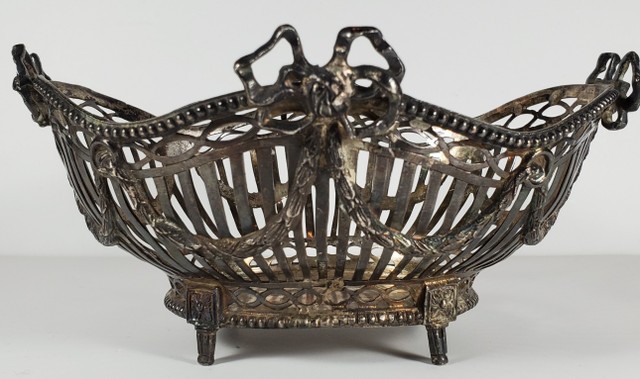
Pseudo marks
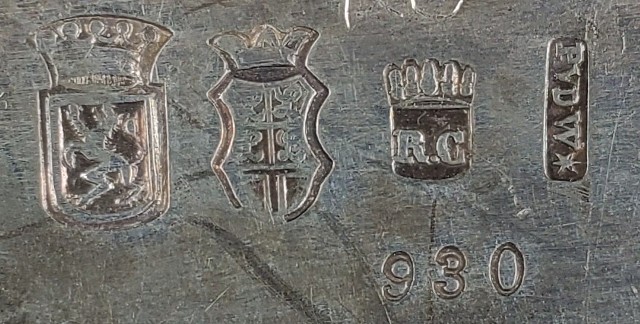
Pseudo Lion Rampant in shield under crown, province of Holland 1st standard mark(#636, pseudo town mark of Rotterdam(# 600), R.C under crown unknown (pseudo) mark
Same pseudo marks as used by Jan Schijfsma
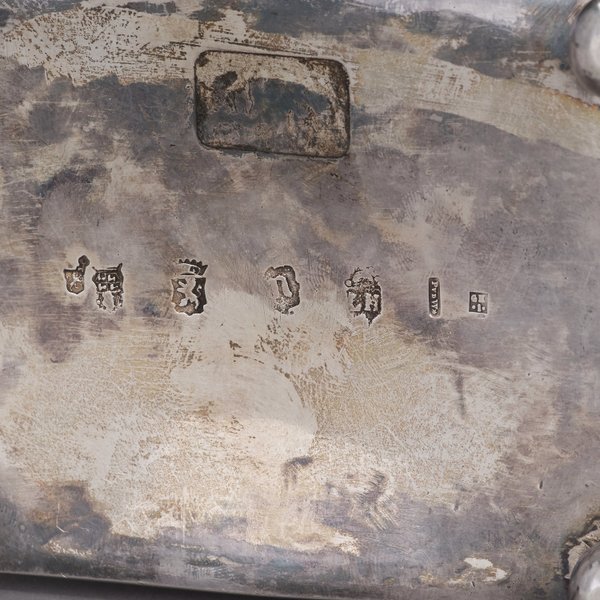
First mark; lion rampant 1, official Dutch standard mark silver 934/000 fineness with export key. Last mark GH.1. for assayer Gerrit de Haas, registered in Groningen and Leeuwarden used 1905-1909, 1st standard assay mark.
Pseudo marks used by Alle de Haas.
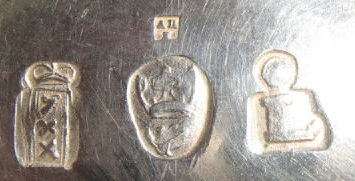
Pseudo town mark Amsterdam(#505), pseudo town mark city of Sneek(#611), pseudo year letter city of Zwolle 1798 (#209)
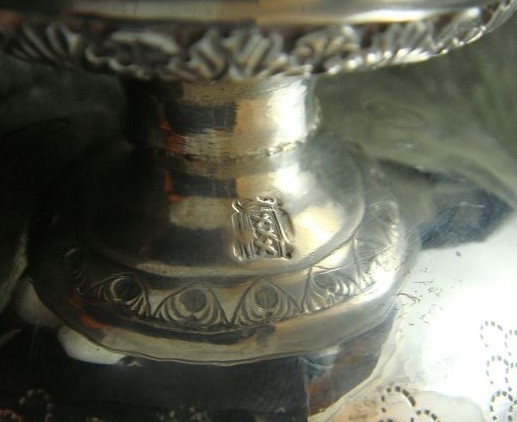
Pseudo town mark Amsterdam(#505)
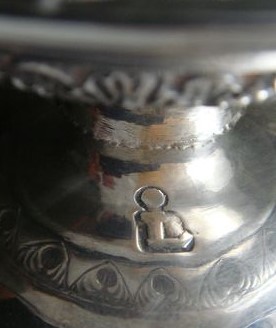
Pseudo year letter city of Zwolle 1798 (#209)
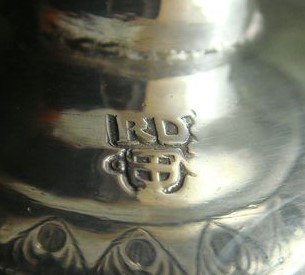
Pseudo Town mark city of Zwolle (309)

AH above 1 in a square and in rectangle for; Alle de Haas also known as Fa. (Firm) A. de Haas or Th. De Haas, city of Sneek, mark used 1877/1966. His maker's mark is often seen in combination with pseudo marks.
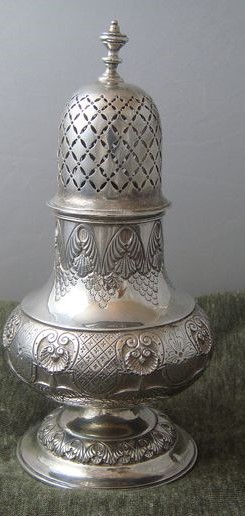
Alle de Haas (1849-1923), founder father of Firm Alle de Haas in 1877, was a very talented master using the old silver techniques in combination with fantasy marks and later with pseudo/fake marks.
Friesland' s interest in antique silver is further encouraged by two exhibitions, both held in Leeuwarden, the first in 1900 and second in 1927.
The firm of Alle de Haas continued after his death, using the same maker's mark AH 1, until the firm went out of business in 1966.
https://www.925-1000.com/forum/viewtopi ... 90#p116738
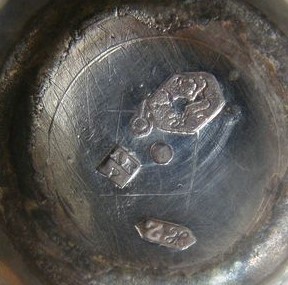
Lion passant above 2 with export key, silver 2nd standard mark, Script letter H 2 in a rectangle with cut corners ( for silver of 2nd standard mark or 833/000 fineness) for assayer; Constantijn Huijgens active 1900-1911 in the cities of Schoonhoven, Leeuwarden, Arnhem and Utrecht. Maker’s mark AH above 1 in square distorted for: Alle de Haas or Firm A. De Haas, registered in Sneek, 1877-1966, year letter for 1901 (not shown)
Export key; restitution of 2/3 marking duty granted for new or unused silver objects. This mark was always struck partially into the standard mark. Valid 1853-1953
Pseudo marks used by Ate de Groot-Boersma
Maker’s mark AB 34, registered in Sneek, 1866-1909. Worked in close cooperation with Alle de Haas.

Pseudo Lion Rampant in shield under crown, province of Holland 1st standard mark(#624), maker’s mark AB 34 for Ate de Groot-Boersma, followed by a pseudo maker’s mark ( horn in heart shaped shield) of Amsterdam silversmith Arnoldus van Geffen (#455). Under turned right the Dutch dolphin mark. Dolphin mark; the 1859 duty mark for new unguaranteed objects of national origin. This mark was used on all new silver objects below legal standard of fineness, those with non-precious metal additions, and on new heavily gold or silver plated objects, as long as the average precious metal content after melting with the base metal was at least 250/1000. It was also struck on rejected objects which had been submitted at lowest standard of fineness. In that case the maker had to choose between destruction or unguaranteed marking. This mark was sometimes also mistakenly used on old and foreign objects. Dolphin mark used from 1859-1893 and valid from 1859 till 1953.
Brandy bowl, pseudo marks only
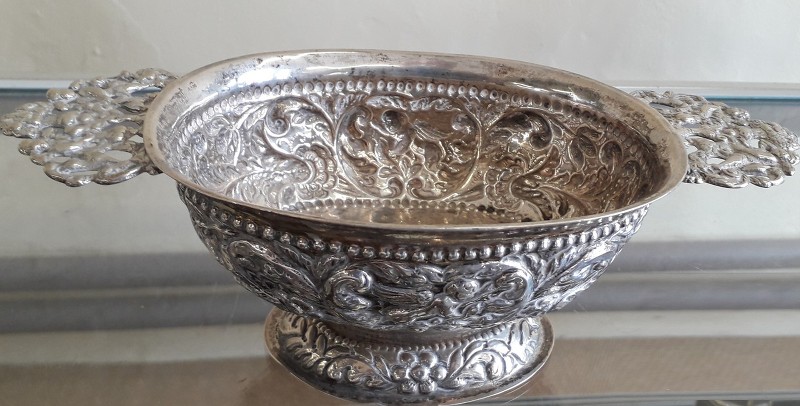

JJS pseudo maker’s mark Amsterdam silversmith Johan Hendrik Schiotling, 1792-1799(#168), dots (?), dumbbell pseudo maker’s mark (#445), D pseudo year letter (#57)
Silver ornate tea or coffepot
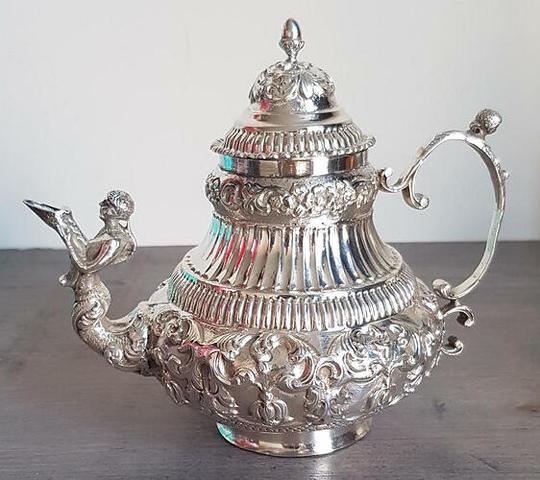
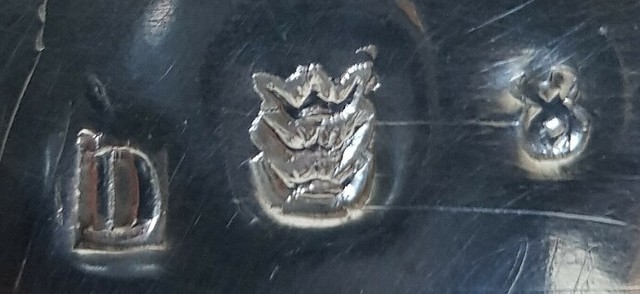
Left to right; pseudo year-letter D (Citroen valse zilvermerken in Nederland #58), pseudo town mark of Sneek (Citroen #606), Pseudo maker's mark, pliers, (Citroen #480). Probably made in province of Friesland around 1890, circle of silversmith Alle de Haas.
Marks seen brandy bowl
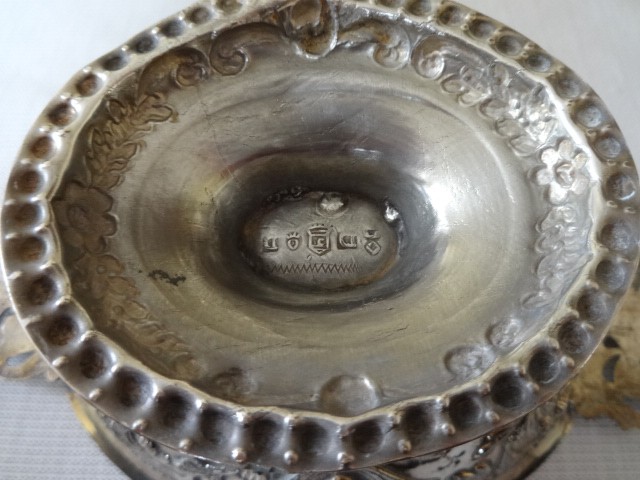
Pseudo year letter D (#59), pseudo duty mark 1807 (#267), pseudo province standard mark Zeeland, lion rampant half submerged in sea(#?), pseudo year letter D(#59), pseudo duty mark 1807(#263)
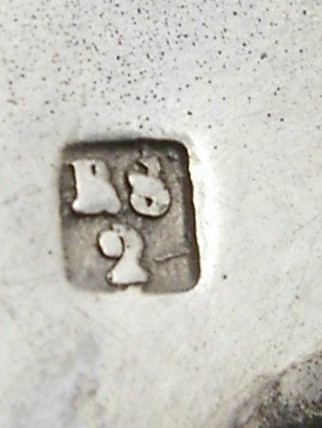
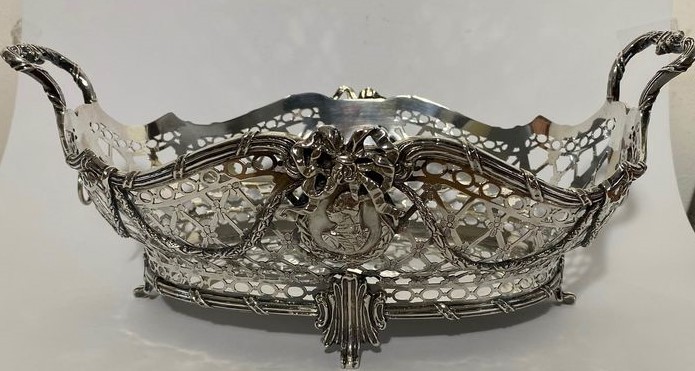
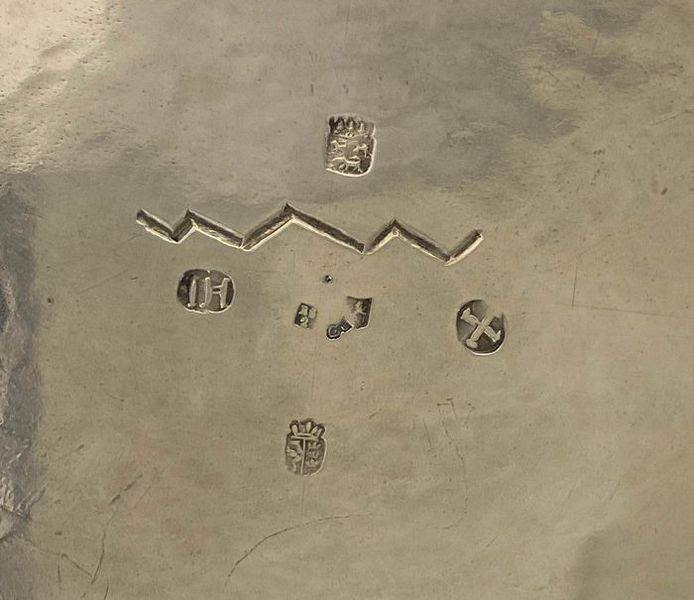
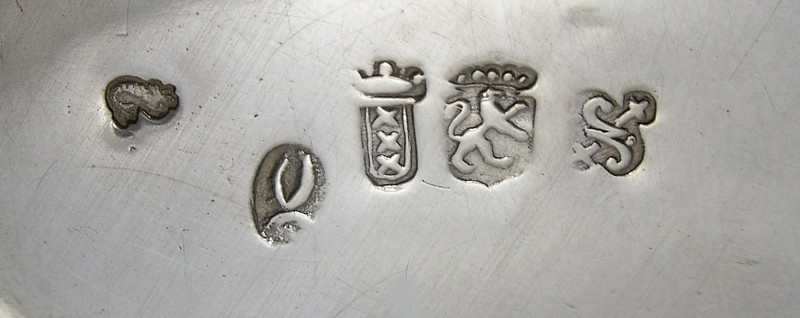
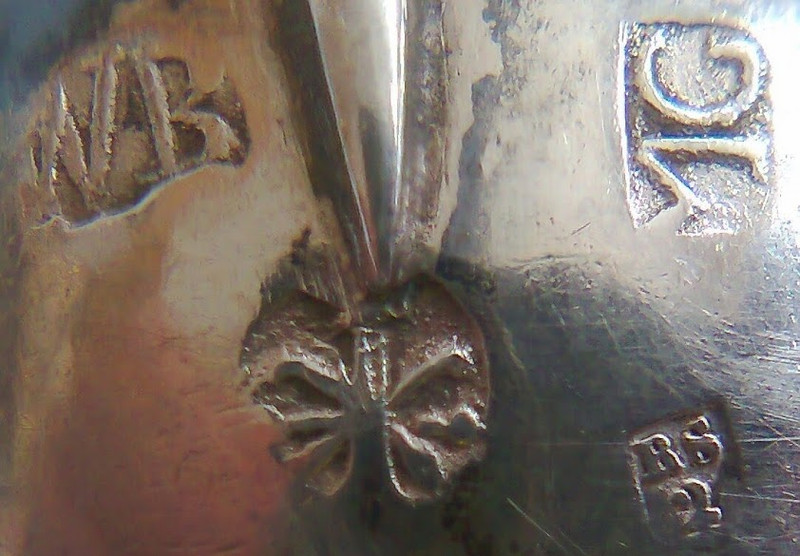

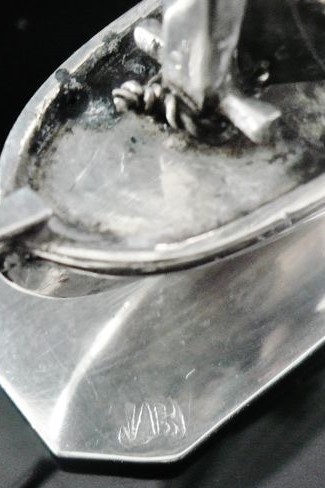

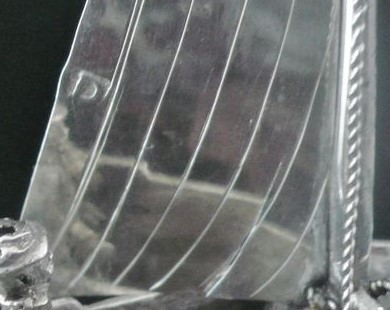
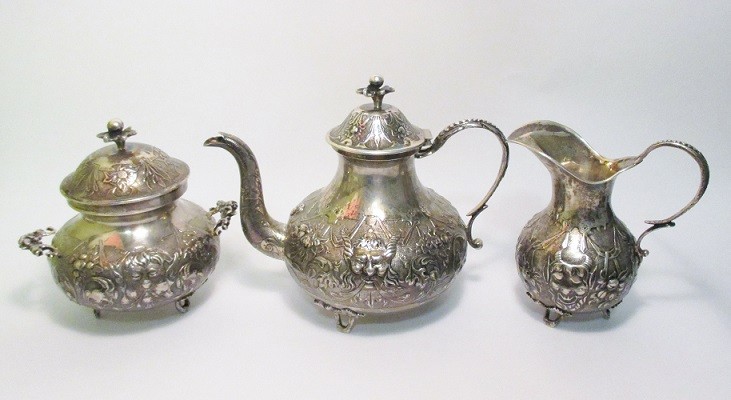
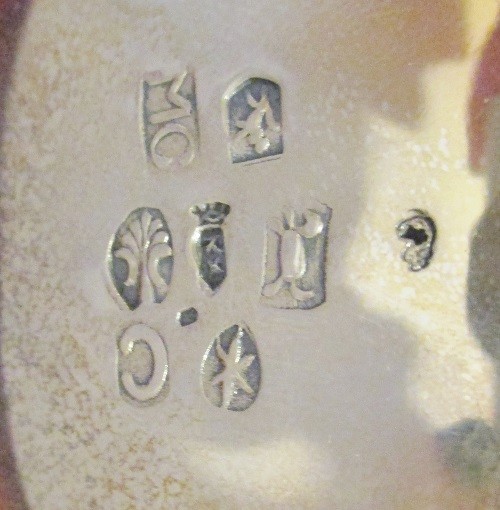
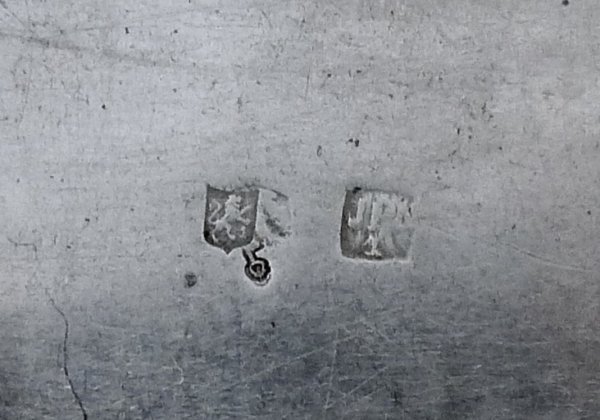
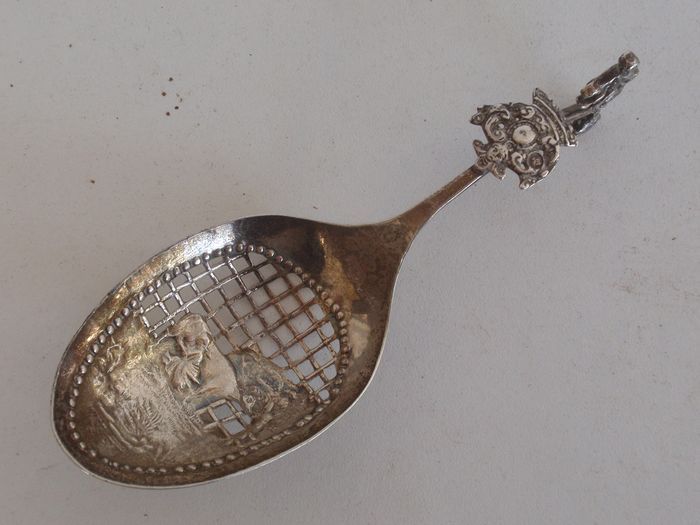
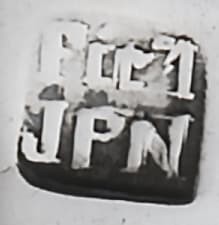
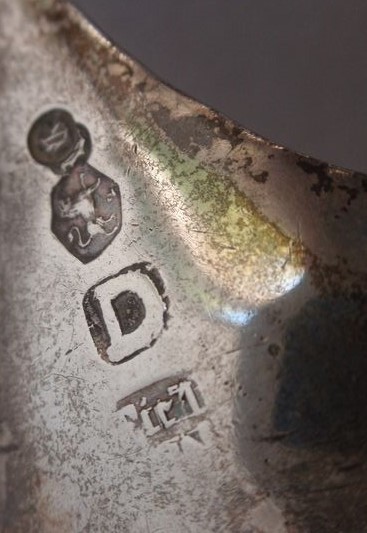

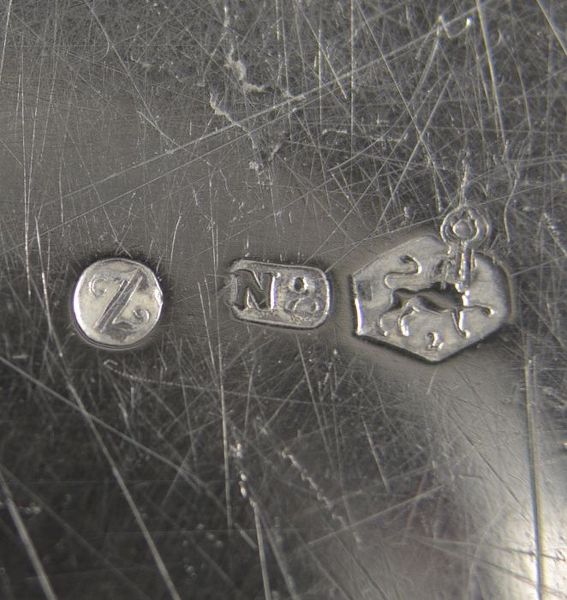
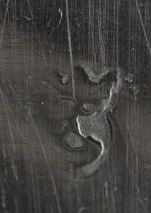
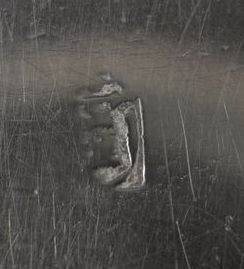
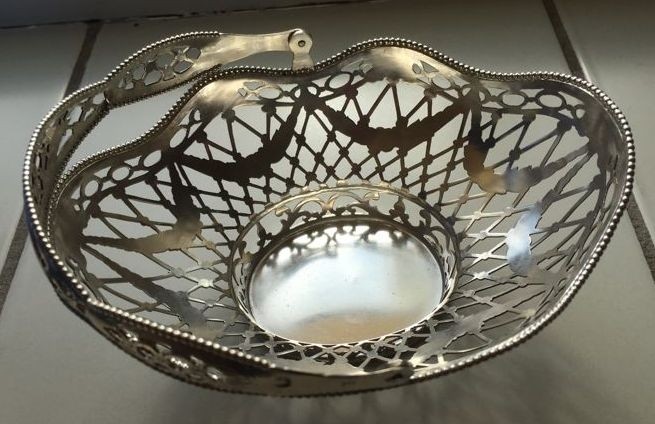
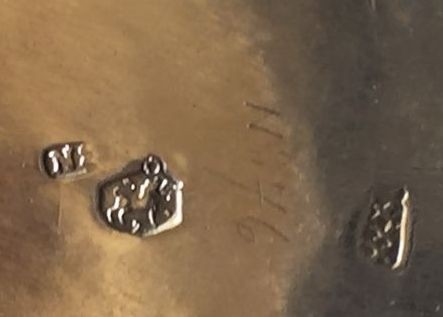
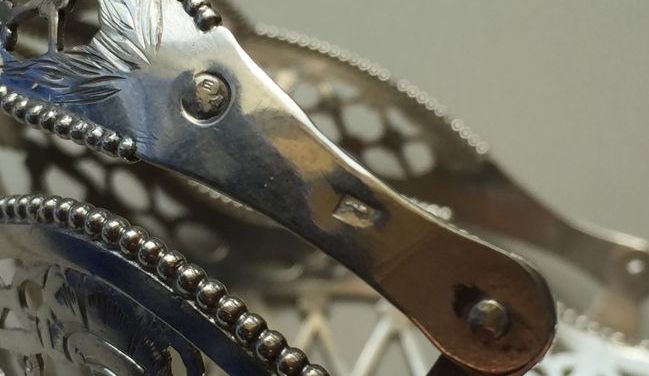


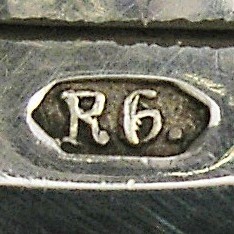

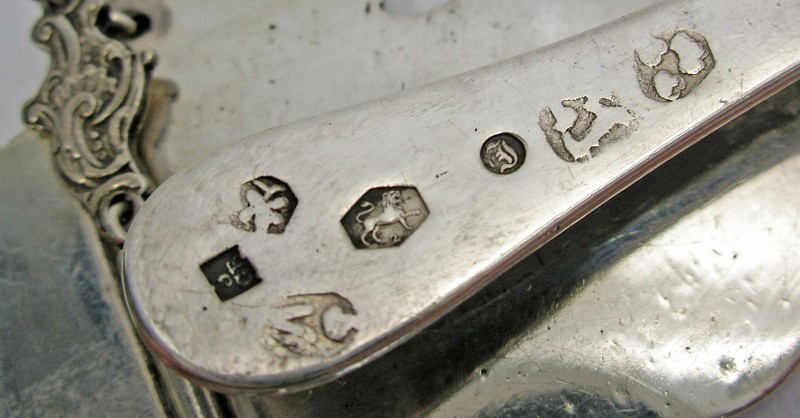
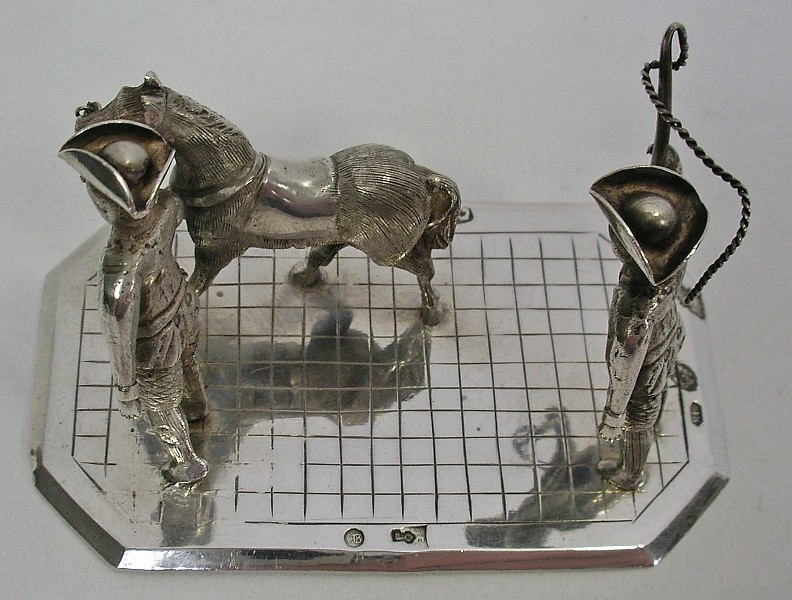

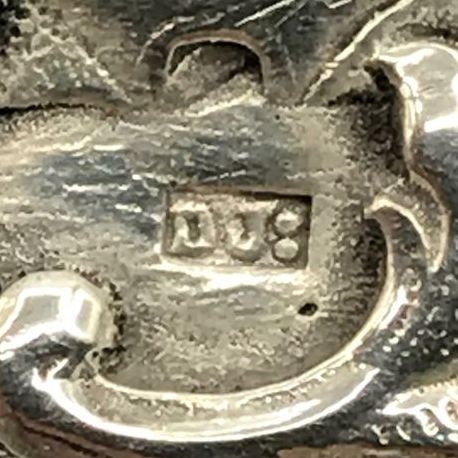
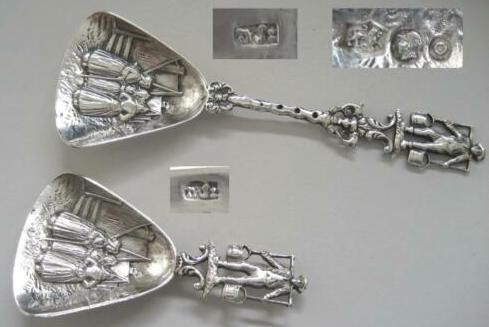
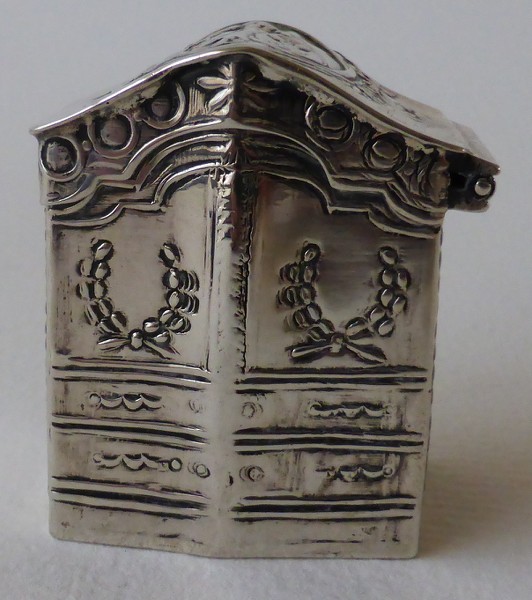
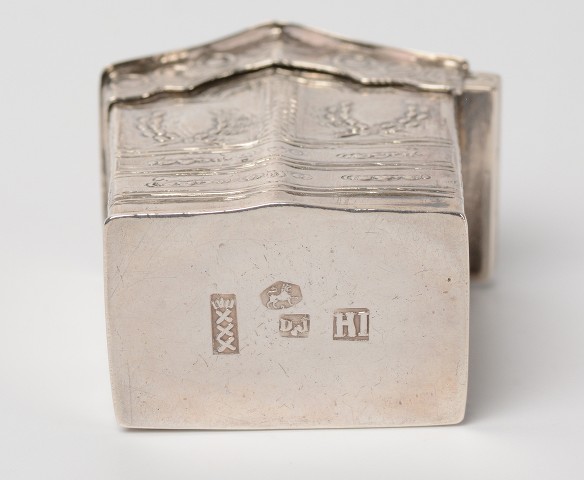
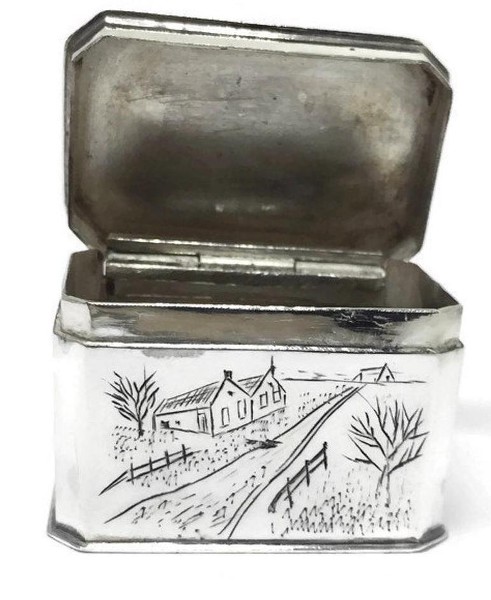
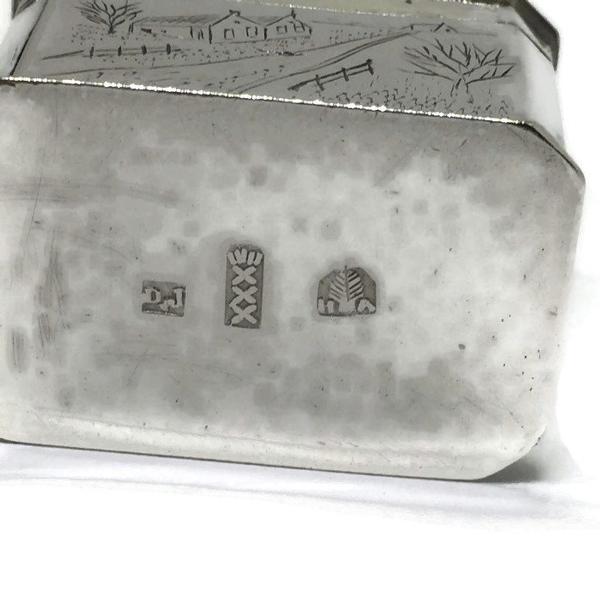
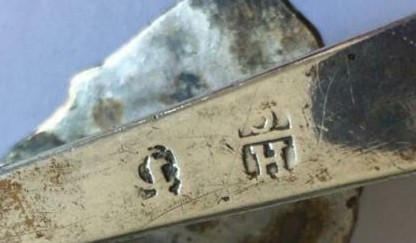
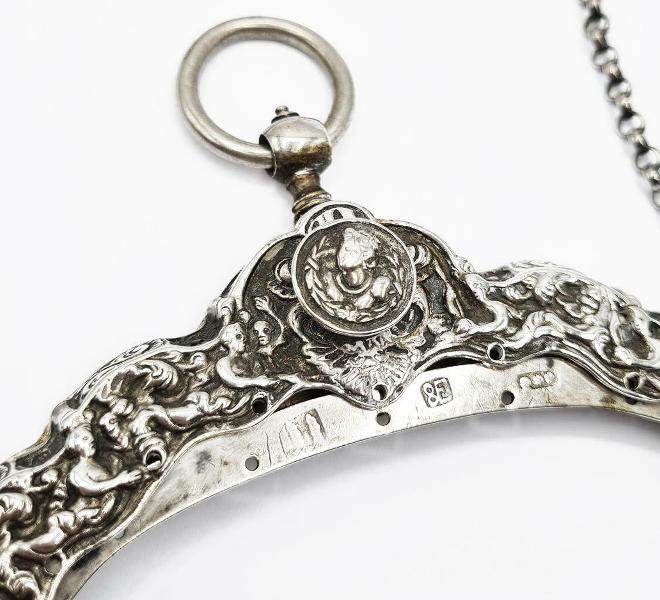
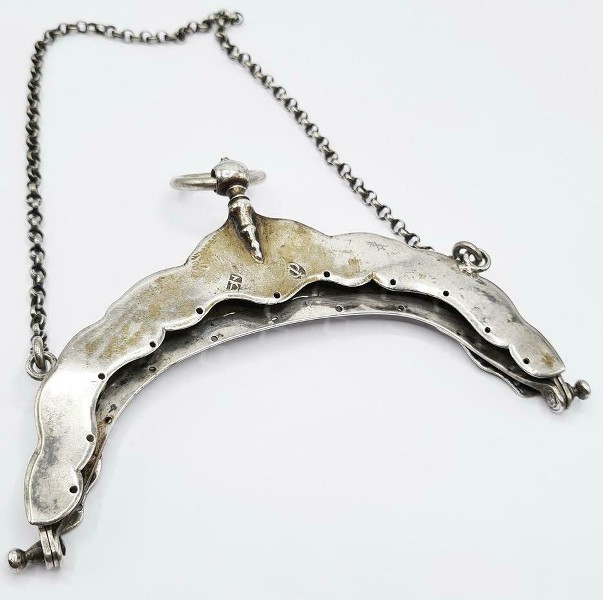
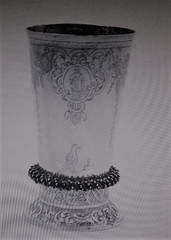


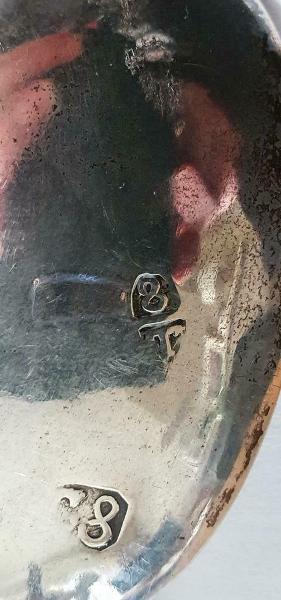
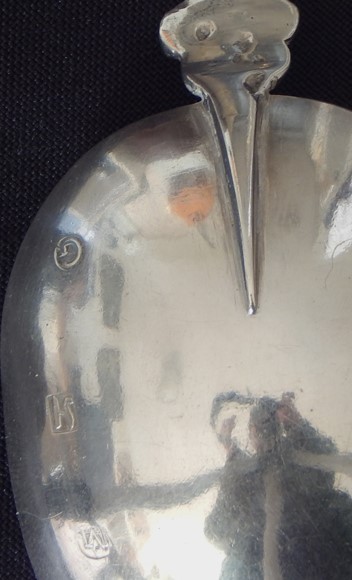
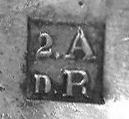

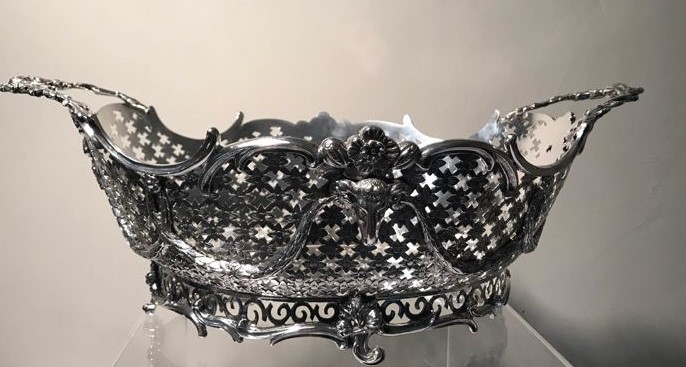 [/url]
[/url]